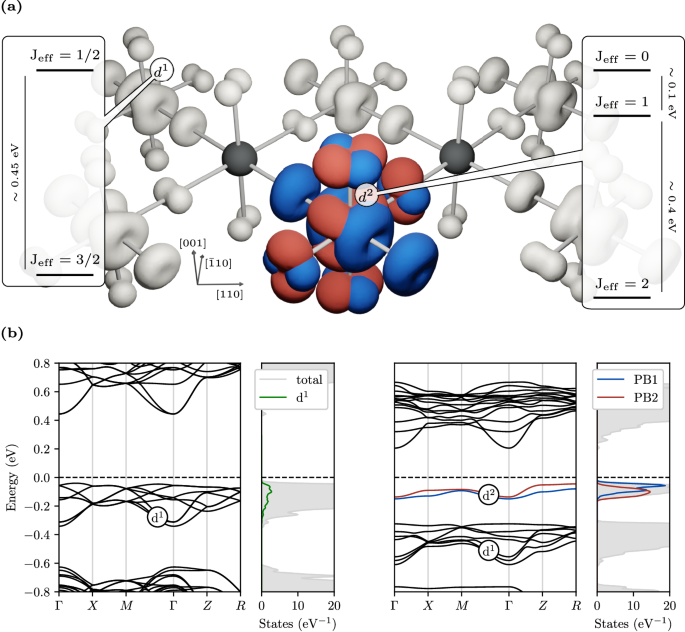2024-05-01 ワシントン州立大学(WSU)

Mt. Eyak SNOTEL site, above the coastal town of Cordova, Alaska. Snow depth is about 10.5 feet, 45% density. Taken April 2012. Photo by Daniel Fisher of the USDA Natural Resources Conservation Service.
<関連情報>
- https://news.wsu.edu/press-release/2024/05/01/improved-ai-process-could-better-predict-water-supplies/
- https://ojs.aaai.org/index.php/AAAI/article/view/30337
積雪量予測のためのアテンション・ベース・モデル Attention-Based Models for Snow-Water Equivalent Prediction
Krishu K Thapa ,Bhupinderjeet Singh ,Supriya Savalkar ,Alan Fern,Kirti Rajagopalan ,Ananth Kalyanaraman
Proceedings of the AAAI Conference on Artificial Intelligence Published:2024-03-24
DOI:https://doi.org/10.1609/aaai.v38i21.30337
Abstract
Snow Water-Equivalent (SWE)—the amount of water available if snowpack is melted—is a key decision variable used by water management agencies to make irrigation, flood control, power generation, and drought management decisions. SWE values vary spatiotemporally—affected by weather, topography, and other environmental factors. While daily SWE can be measured by Snow Telemetry (SNOTEL) stations with requisite instrumentation, such stations are spatially sparse requiring interpolation techniques to create spatiotemporal complete data. While recent efforts have explored machine learning (ML) for SWE prediction, a number of recent ML advances have yet to be considered. The main contribution of this paper is to explore one such ML advance, attention mechanisms, for SWE prediction. Our hypothesis is that attention has a unique ability to capture and exploit correlations that may exist across locations or the temporal spectrum (or both). We present a generic attention-based modeling framework for SWE prediction and adapt it to capture spatial attention and temporal attention. Our experimental results on 323 SNOTEL stations in the Western U.S. demonstrate that our attention-based models outperform other machine-learning approaches. We also provide key results highlighting the differences between spatial and temporal attention in this context and a roadmap toward deployment for generating spatially-complete SWE maps.



